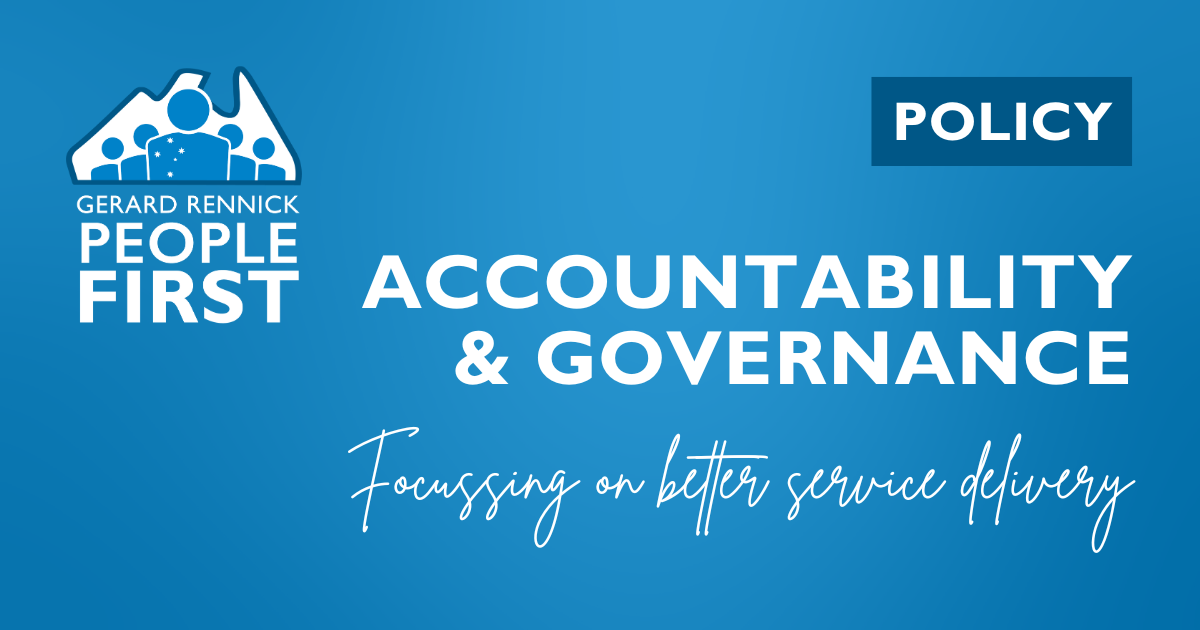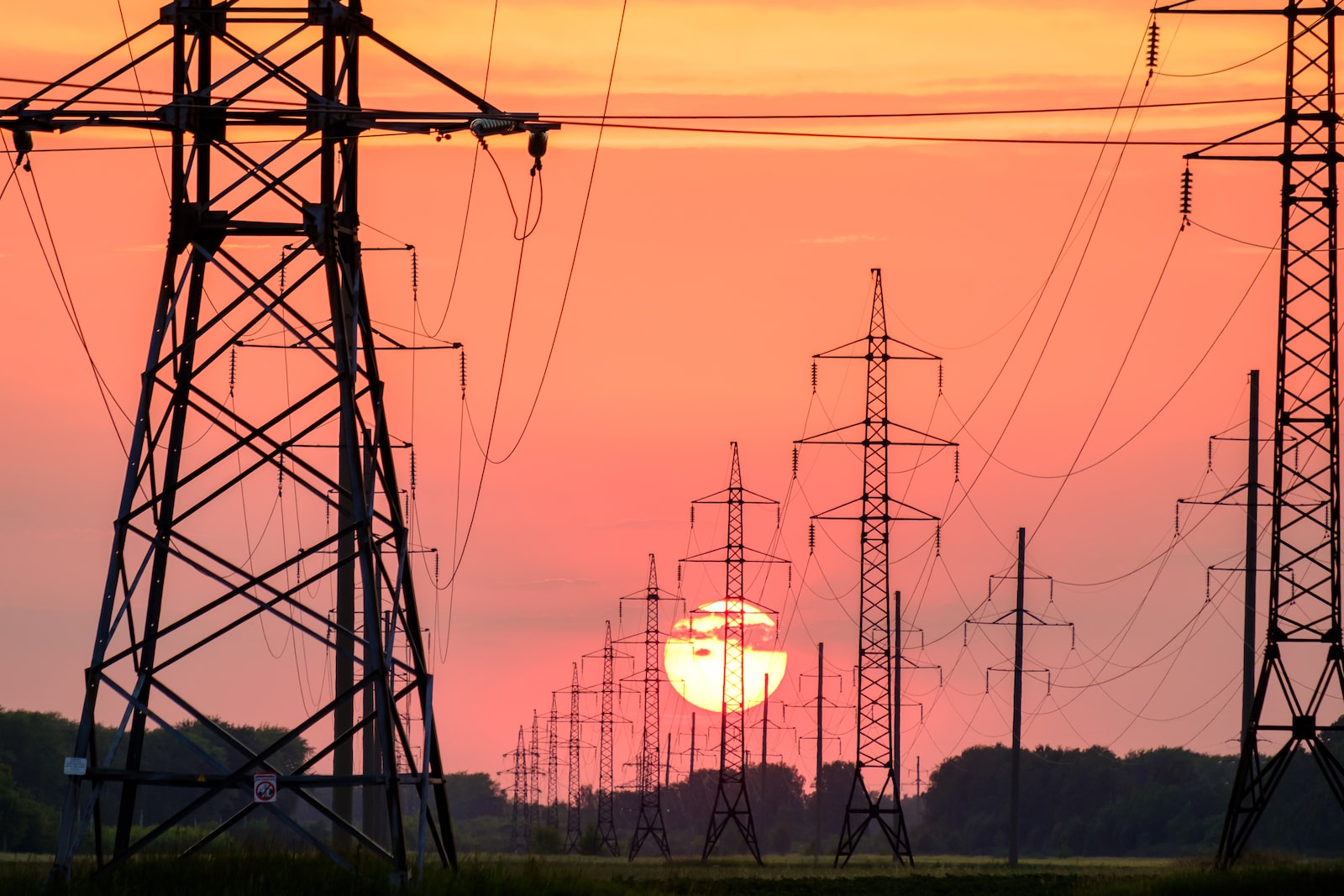“I do have that information but I just don’t have it in front of me.”
Another classic diversion from our bureaucrats.
The Albanese government is spending $224 million of your hard earned dollars for 400 community batteries.
In estimates I asked how many houses these community batteries would power and for how long.
The bureaucrat implied he didn’t know. He was more than happy to claim that they would last for 15 years, despite car batteries lasting 8-10 years. I should add batteries duration are based on cycles, that is the number of times they are charged and discharged.
Well it turns out that each community battery only powers 250 homes. No wonder our friend didn’t want to answer.
So let’s do the sums shall we.
400 batteries x 250 homes is 100,000 homes. There are 10 million homes in Australia, or 100 times more than 100,000. So to have backup (not sure how much backup – still waiting on the answer as to how long they provided back up power for – maybe 1 to 2 hours is my guess) for 10 million homes you would need to have 40,000 batteries at a cost of $22.4 billion.
And these batteries will be imported while we export much cheaper home grown coal offshore.
Note this is just for storage – not for generation, transmission or recycling.
Anyone who tells you renewables are cheaper has no idea what they are talking about.
More information at:
https://www.climatecouncil.org.au
Environment and Communications Legislation Committee
13/02/2023
Estimates
CLIMATE CHANGE, ENERGY, THE ENVIRONMENT AND WATER PORTFOLIO
Department of Climate Change, Energy, the Environment and Water
Senator RENNICK: Can I ask about batteries here? I have read differing things on this, but I note that WattClarity has said that, if we’re to have enough storage for the entire network in terms of capacity—and admittedly this, I think, is a little bit exaggerated because they use seven days—we need 25 Snowy Hydro projects. Let’s just work on one to two days and bring it back to three or four Snowy Hydro projects. Do we think we can come up with enough storage by 2030 to guarantee 100 per cent reliability if we go to 82 per cent renewables?
Mr Duggan : You’re absolutely right that, as we add more renewables to the system, we need to make sure that the firming capacity there exists. In all the work that AEMO does around its ISP projections for 2030, it takes into account the type of generation and the type of storage and firming capacity that we need. Batteries are a part of that projection. Government’s got a couple of policies directly in this area. One is the Capacity Investment Scheme, which was announced with energy ministers towards the end of last year and is projected to put about $10 billion worth of firmed renewable capacity into the system. Alongside that, the government also has a couple of direct battery related programs, community battery programs and other things that are all intended to provide that capacity which, as I said, AEMO projects forward as part of its scenarios.
Senator RENNICK: With those community batteries, I note the government’s investing $224 million to help install 400 community batteries. In terms of relative percentage, how much would those community batteries store as a part of the grid?
Mr Duggan : We have a battery expert coming to the table who may be able to answer that one.
Mr White : The Community Batteries for Household Solar Program is aimed at the distribution networks, not the transmission networks. It’s not there to provide the utility-scale storage that you’re describing. The program will install 400 community batteries in distribution networks across Australia to help households share solar, to reduce pressure on the local distribution networks and to enable the export of more solar. We’ve estimated the typical size of one of those batteries as 0.5 megawatts. The storage time will depend on the individual battery.
Senator RENNICK: How many houses would one community battery store enough energy for on a daily basis? When you say community, how big are those communities? How many houses are in those communities?
Mr White : The communities can be varying amounts of sizes. I can come back to you, probably in a few minutes, on the number of households expected to be served by those batteries, but I don’t have that figure in front of me here.
Senator RENNICK: Will we have to import those batteries that are being built? I assume we will because we don’t make them here.
Mr White : I think it’s reasonable to assume that a proportion of the batteries will be imported.
Senator RENNICK: Given that batteries last eight to 10 years, how sustainable is this if we have to import batteries every eight to 10 years for 400 communities with an unknown household size?
Mr White : I won’t go into the premise of the question there, which is, I think, making an assumption about Australia’s future battery manufacturing capability. In terms of the eight to 10 years—
Senator RENNICK: Whether or not it’s sustainable is the second part of the question. The first part is: will we have enough batteries to provide enough storage if we go to 82 per cent renewable energy on the grid? That’s my first concern: reliability throughout, say, a period of a week.
Mr White : I’ll go back to the part of the question that I was answering in relation to the eight to 10 years. When the Australian Energy Regulator made its determination around ring fencing, in relation to the community batteries program, it gave a determination length that runs to 30 June 2041 in response to submissions that indicate that the batteries are expected to have an effective life of 15 years beyond the end of the program in 2026. The view is that it’s a 15-year life span for a battery, not an eight- to 10-year lifespan.
Senator RENNICK: So that’s twice as long as a car battery, because my understanding is car batteries last eight to 10 years.
Mr White : I’m not aware of the life of a car battery; I’m just commenting on the community batteries program.
Senator RENNICK: Even so, in 15-years time they’ll have to be recycled, and Larry Marshall, the CSIRO chief, has said that it costs three times as much to recycle a battery as it does for the materials that go into it. How sustainable is this across the long term?
Mr White : I can’t answer questions here about sustainability in terms of recycling and so forth; that would be another part of the department. In terms of the minerals available to provide these, that’s also another part of the department, but my understanding is that there are very large reserves of the minerals needed to continue to manufacture batteries. What technology we have and what state we get to in the future in terms of recycling remain to be seen. Yes, it’s a 15-year life span on a battery, which is comparable to the life span you would get on a hot-water heater or other bits of technology of the same type.
Senator RENNICK: Except we’re putting $224 million into this, so I’m asking how many houses. This comes back to how many people this will provide energy or storage for and for how long that will storage be. Will it provide an hour’s backup, two hours backup—that’s the answer I’m looking for.
Mr White : I’ll take that on notice and come back with that answer. We do have that information; I just don’t have it in front of me.
Senator RENNICK: Thank you.






























